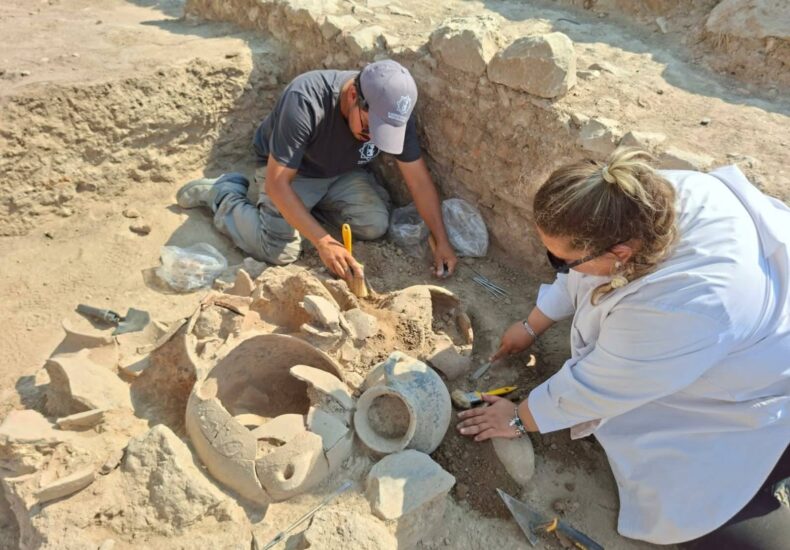
3,000-Year-Old Cremation Burials and Ritual Fire Site Unearthed in Muğla, Türkiye
Archaeologists have uncovered a series of cremation burials dating back around 3,000 years at Beçin Fortress in Milas, Muğla, shedding new light on ancient funerary traditions in western Anatolia. The discovery was made during excavations led by Prof. Dr. Kadir Pektaş from Istanbul Medeniyet University.
Remarkable Find Beneath a Medieval Bath
The cremation burials were unearthed in the northeastern section of the fortress, near the ruins of a bath believed to date to the Menteşe Beylik period (14th century CE). At a depth of 1.5 meters, archaeologists found 12 ceramic urns containing the ashes of cremated individuals.
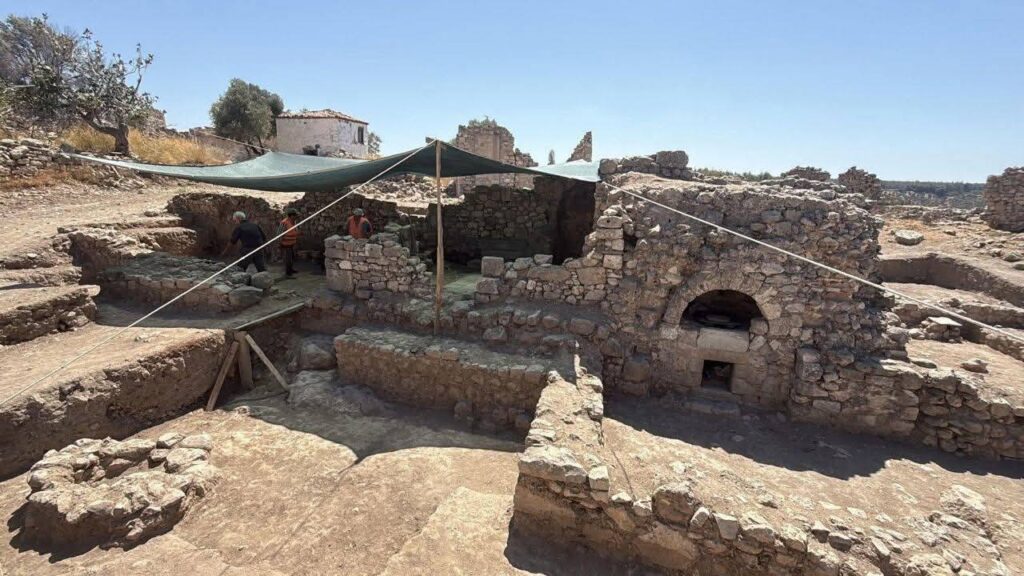
Initial assessments suggest that the burials could belong to the Archaic Period (8th–6th centuries BCE), making this one of the few cremation burial sites identified in western Anatolia from this era.
Possible Ritual Fire Structure Identified
Near the cremation urns, the team also discovered a circular structure that may have served as a pyre for burning the bodies. “The presence of this feature indicates that cremation was not just a burial practice but part of a complex funerary ritual,” said Prof. Dr. Pektaş.
📣 Our WhatsApp channel is now LIVE! Stay up-to-date with the latest news and updates, just click here to follow us on WhatsApp and never miss a thing!!
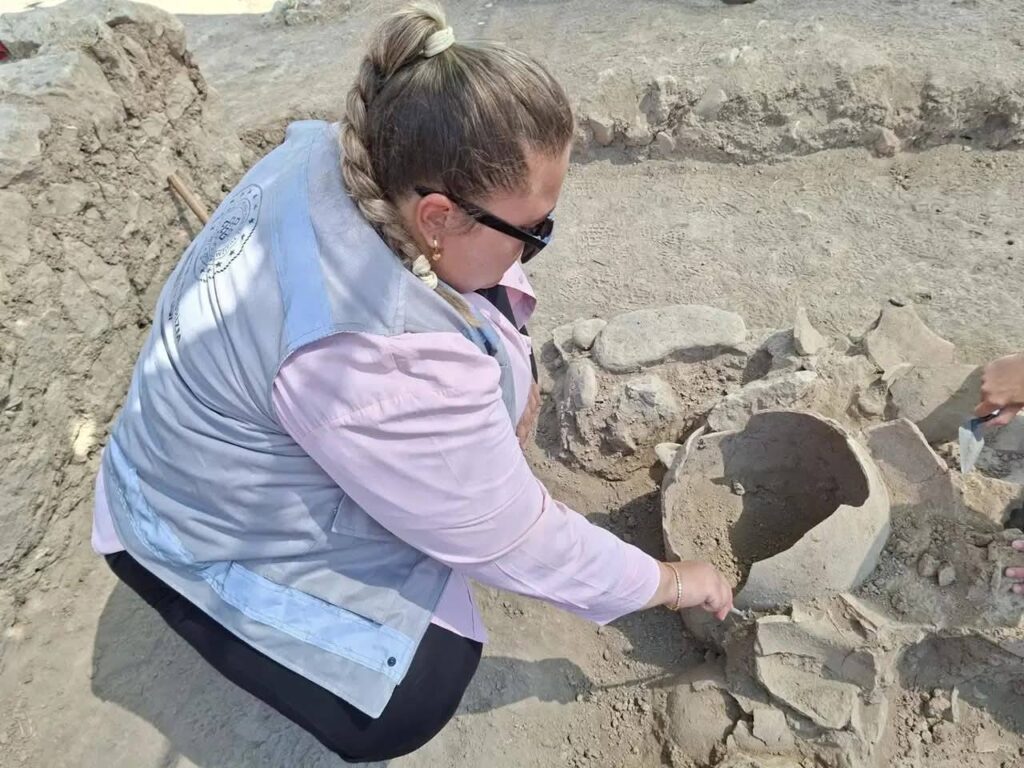
Beçin Fortress: A Site with Layers of History
Listed on the UNESCO World Heritage Tentative List, Beçin Fortress is best known as the capital of the Menteşe Principality in the Middle Ages. However, these new findings push the site’s history back by more than two millennia, revealing a deep stratigraphy that connects the region to early Anatolian cultures.
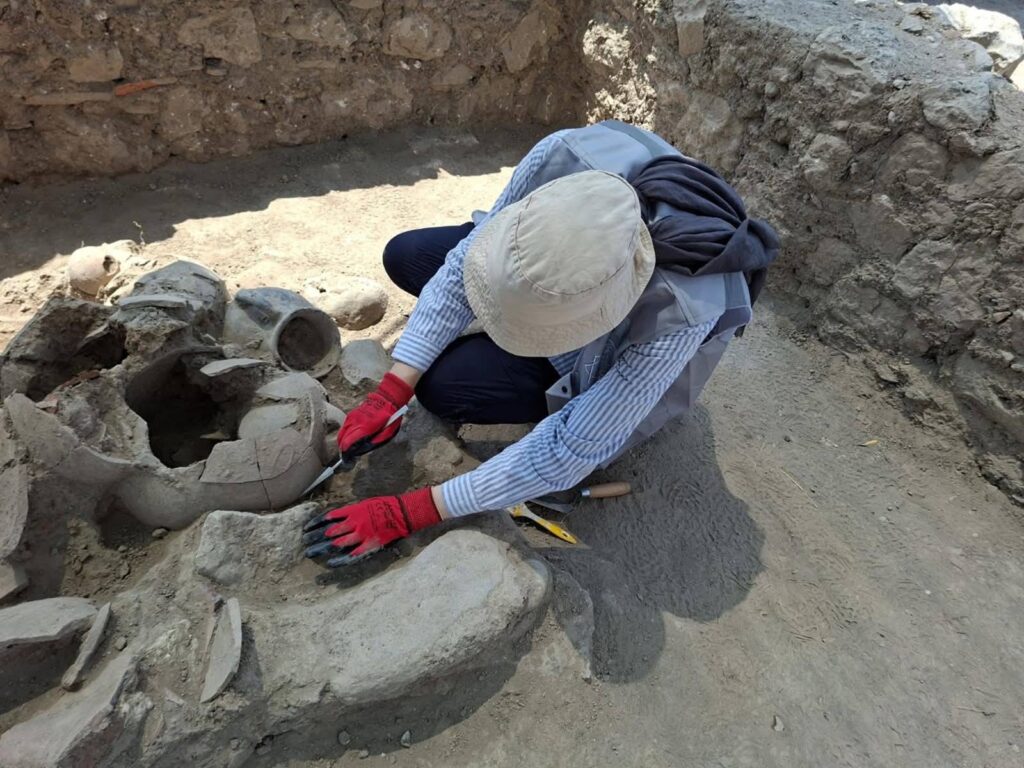
Scientific Analysis to Reveal More
Soil and ash samples have been sent for laboratory analysis. Radiocarbon dating and microscopic studies will provide more precise information on the chronology and cultural context of the burials.
The 3,000-year-old cremation urns unearthed at Beçin Castle in Muğla shed light on Archaic Period funeral rites in Western Anatolia. Photo: Istanbul Medeniyet University
You may also like
- A 1700-year-old statue of Pan unearthed during the excavations at Polyeuktos in İstanbul
- The granary was found in the ancient city of Sebaste, founded by the first Roman emperor Augustus
- Donalar Kale Kapı Rock Tomb or Donalar Rock Tomb
- Theater emerges as works continue in ancient city of Perinthos
- Urartian King Argishti’s bronze shield revealed the name of an unknown country
- The religious center of Lycia, the ancient city of Letoon
- Who were the Luwians?
- A new study brings a fresh perspective on the Anatolian origin of the Indo-European languages
- Perhaps the oldest thermal treatment center in the world, which has been in continuous use for 2000 years -Basilica Therma Roman Bath or King’s Daughter-
- The largest synagogue of the ancient world, located in the ancient city of Sardis, is being restored

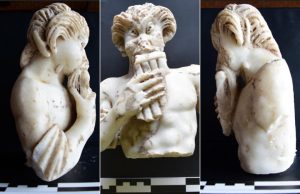
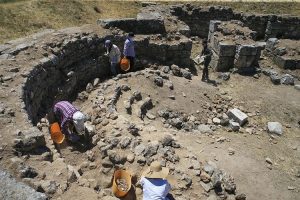
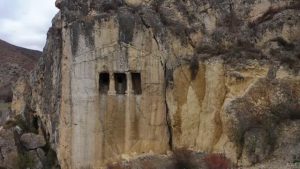
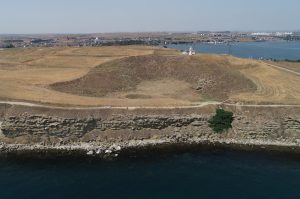
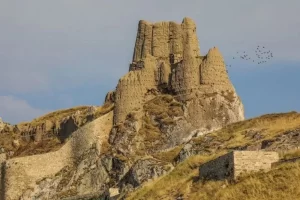
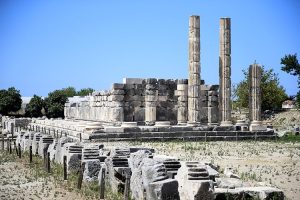


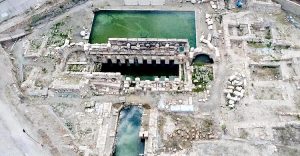
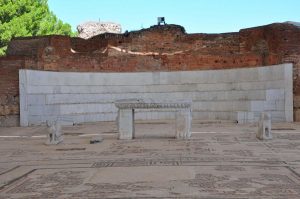
Leave a Reply